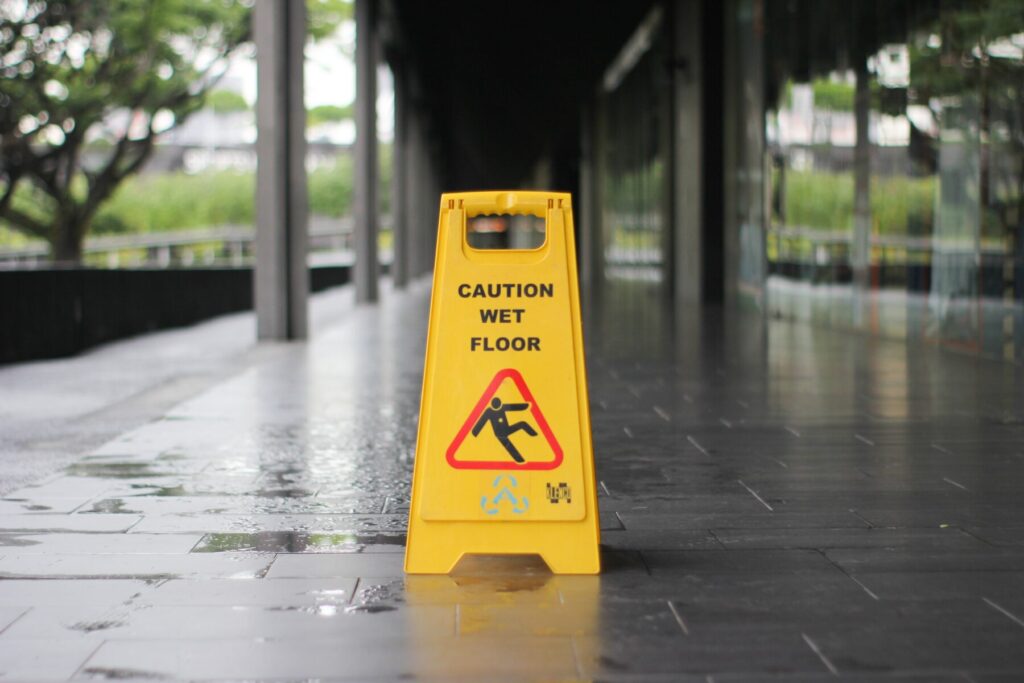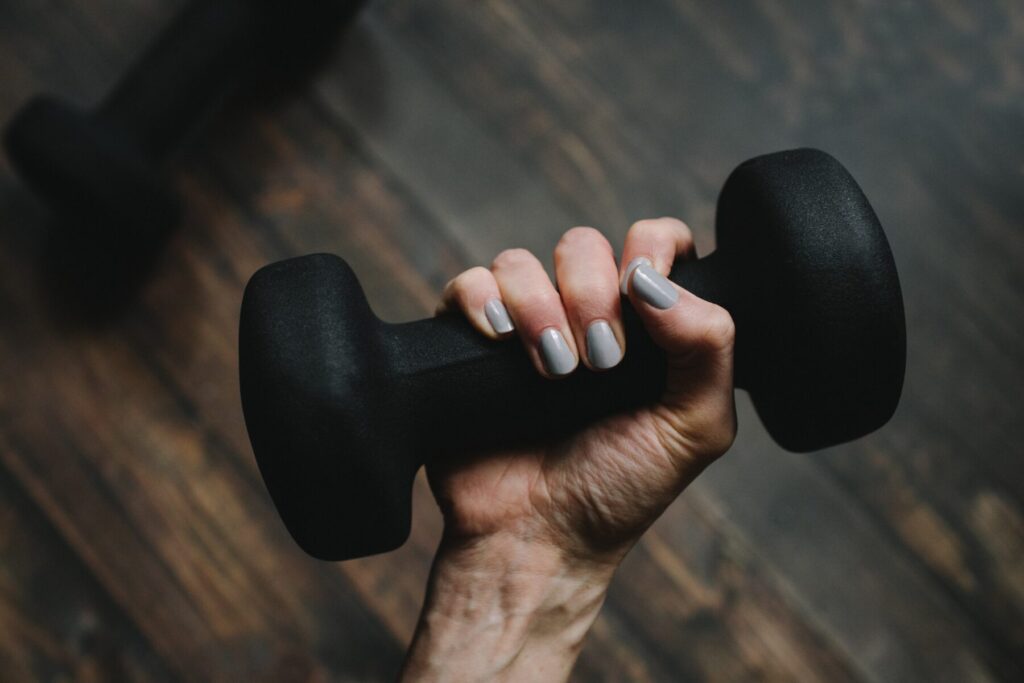I have spent a large part of my professional life on falls. I teach seminars on fall prevention, talk to people about falls they’ve experienced, brainstorm ways that more falls could be prevented. In my personal life, falls have played a big role as well. Both of my parents experienced falls that caused fractures and ultimately sent them both to assisted-living facilities. Their falls prevented them from being able to live independently.
Falls are a huge problem. More than one out of every four adults over age 65 in the United States falls each year. That’s over 14 million people. Three million of those 14 million end up in the emergency room, and over 800,000 are hospitalized, usually for a head injury or a hip fracture. A lot of those people die, and the numbers are going up. The CDC estimates that by the year 2030 (like, seven years from now), we can expect there to be 7 fall-related deaths per hour in the United States. That’s over 61,000 deaths per year. (Click here to see more statistics, including the ones mentioned above.)
If, like me, you’re under age 65, you’re probably thinking, So what? Those statistics aren’t about me. Or, maybe, I should tell my mom and dad to be more careful.
But here’s the thing. We don’t magically wake up on our sixty-fifth birthdays with an increased risk of falling. Falls risk is something that grows gradually as we get older. Falls, like heart disease or type 2 diabetes, are something we have to work to prevent. The time to start doing something about them is NOW.
(As a side note, my mom had her first fracture-causing fall before she was sixty-five. 65 isn’t a magic number.)

Why do people fall more when they get older? There’s not one simple answer for that question. There are a lot of factors that contribute to a person’s risk for falling, more than I can cover in one blog post. However, one issue that affects us all as we get older is sarcopenia, a word you may have never heard before. Sarcopenia is defined as age-related muscle loss, a description which conjures up stereotypical images of frail, bird-like, elderly ladies in cardigans. The truth is that sarcopenia begins around age 35 or 40 as muscle mass starts to decrease at an average rate of 1-2%. Things really ratchet up around age 60, with a loss of muscle mass increasing to about 3% per year. On average, adults can expect to lose 4-6 pounds of muscle each decade, and we lose fast-twitch muscle fibers at a greater rate than slow-twitch muscle fibers.
What does that mean, in plain language? It means that as we get older, we have less strength than we did when we were younger, particularly in the large, powerful muscles of our legs and bum – the quadriceps, hamstrings and glutes. Reduced muscle strength means reduced ability to do everyday activities, like walking, cleaning and going to the bathroom by yourself. It also means that we fatigue sooner than we used to. Weak muscles also make it harder to maintain your balance, whether you’re moving or standing still. We’re weaker, we’re tired, and our balance is affected – perfect conditions for a fall.
What about those fast-twitch muscle fibers? Well, fast-twitch fibers have the responsibility of providing bursts of power. Those are the muscle fibers that are working when you sprint or leap. (Think of Josh Allen leaping over an opposing player when he’s running the football – those are fast-twitch muscle fibers at work.) You can’t do those kinds of actions for very long. They require power, not stamina. Stamina, or endurance, is provided by slow-twitch muscle fibers. Distance runners rely on their slow-twitch fibers to propel them through a marathon.
Now you’re thinking, So what? I’m not #joshallenjumpingoverthings. Who cares if I lose my fast-twitch muscle fibers? Stick with me here. In addition to bursts of power, fast-twitch muscle fibers are also responsible for sudden movement and reflexive activity. Topical examples would be actions like catching yourself when you’re slipping on ice or spilled liquid, abruptly changing direction to avoid an obstacle in your path or gripping a stair rail with all your might because you missed a step on your way down the basement stairs.
See where we’re going here? Loss of muscle mass, particularly in the case of those fast-twitch muscle fibers, means that not only are we weaker, we’re also slower. That combination makes us more likely to have a fall.
Here’s the good news. We can prevent or reduce sarcopenia. Adults with stronger muscles are less likely to fall and if they do, they are less likely to sustain a serious injury. How do we strengthen muscles? Through exercise, of course. (Remember, as I like to say, whatever the question is, exercise is probably the answer.)
Regular exercise, particularly strength training, helps to reduce age-related muscle loss. And, you can specifically train those fast-twitch muscle fibers to keep doing their jobs effectively.
Lifting weights, using resistance bands and doing bodyweight exercises are all great for building and maintaining muscle strength, as long as you’re doing it consistently and increasing your effort over time. As your muscles get stronger, you need to make the work harder to continue getting results – increasing your dumbbell weight, using a tighter band, adjusting your bodyweight exercises. (A personal trainer can help you with this.)

How do we train the fast-twitch muscle fibers? By using them more. Remember, their job is to provide power. Do you ride a stationary bike in the gym? During your next workout, at your normal resistance, ride for 30 seconds as hard and fast as you can – think power. Then go back to your regular pace. Ten or fifteen minutes later, do it again. Do this two or three times a week. If you run (or even walk), add a 30-second sprint two or three times during your run, a few times a week. You can do this on the elliptical machine, the rowing machine, in the pool. By adding short bursts of power to your exercise routine, you’ll train your fast-twitch muscle fibers.
What if you don’t do any of those activities? You don’t have to. Just jump. Really. Wearing sturdy shoes so you don’t slip, just jump up and down until you’re out of breath. Then go back to whatever you were doing. Later in the day, do it again. Do it two or three times a day, a few times a week, building up to 30 seconds of jumping at a time. If the impact bothers your joints, do it outside on the grass where the ground will be a little softer than your hardwood floor.
Lastly, what if you are already 65 or older? No worries. The recommendations here will help you too. It might take a little longer than if you’re 40, but we can build muscle mass throughout our lives. Again, it would be a good idea to work with a personal trainer, especially one (ahem!) who works specifically with older adults.
Falls have dire consequences like pain and injury and they steal independence. Even the fear of falling keeps older adults from doing the things they want to do, leads to isolation and loneliness and causes anxiety and depression. But we can’t wait until we have a fall to start preventing them.
In my next post, I’ll discuss some other factors that affect fall risk. Stay tuned!
Thanks for being with me on this wellness journey. Go Bills!


[…] (and if you haven’t, why not? They’re delightful!), you’ve learned that you need to (a) build strength to combat muscle loss and (b) reduce other risk factors that might apply to you. Your next task is to make your […]